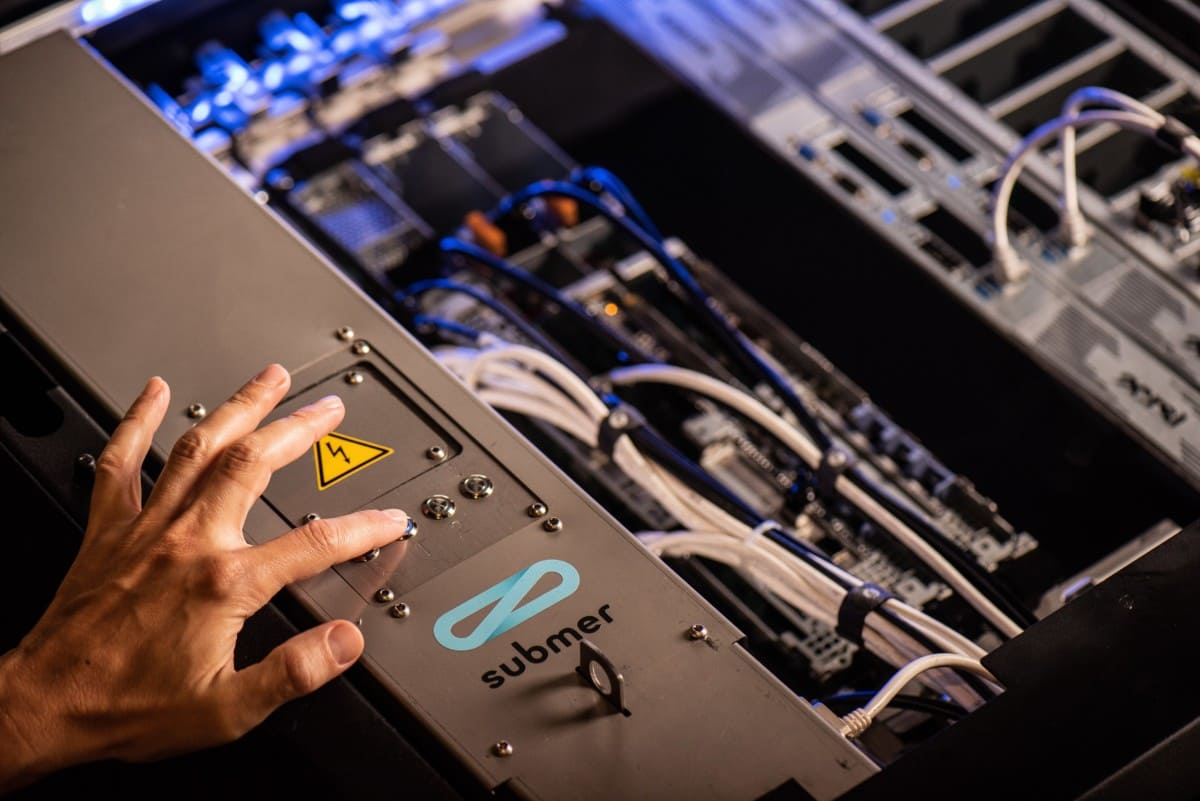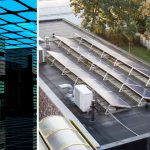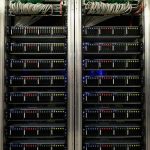
What makes a data center smart? Humans are clearly involved in planning, designing, selecting the location for building, and building the structure itself. Human judgments are primarily motivated by political, financial, and practical considerations.
There’s nothing to quarrel about here; after all, we’re talking about business. To address the issue, data centers cannot be smart in and of themselves. Smartness is enough to see that the argument around the data center environmental effect is vital. However, it is only the first little step.
With over 4 billion users globally, the digital industry contributes 2.3 percent of worldwide gas emissions. Furthermore, the data center business accounts for 1% of global power consumption and roughly 0.5 percent of CO2 emissions. As a result of the massive rise in storage capacity, network activity, and processing volumes, data center energy usage climbed by 6%.

So, as an industry, how are we going to prepare for and sustain this unprecedented, ever-increasing digital growth? How are we going to come up with ecologically friendly solutions? How can we contribute to the development of a modern economic model based on the notion of long-term innovation?
Submer has been developing a series of innovations that will enable clients to achieve unrivaled IT complexity as well as unmatched levels of efficiency and reliability on a scalable and long-term basis. The purpose is to develop solutions for data centers and supercomputers that will improve their energy and operational efficiency.
Submer has created a modular liquid Immersion Cooling system to meet the demands of a new generation of data centers, particularly in cloud and edge computing, by putting high-density computation wherever required. The MicroPod is a self-contained data center that can be deployed immediately in any setting, including those with extreme climates, owing to its tiny design. Also, it uses Submer’s SmartCoolant system inside it.









